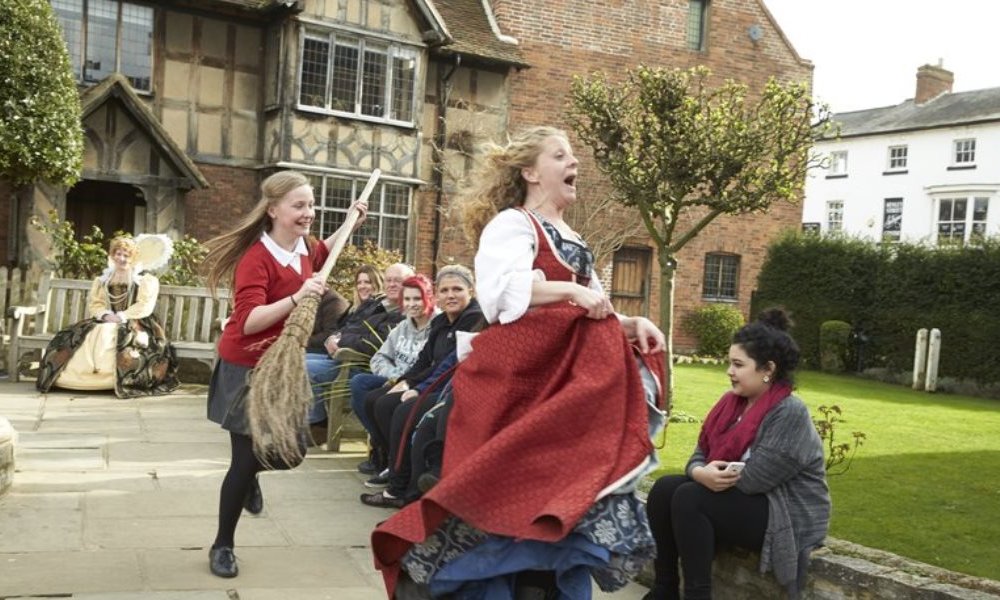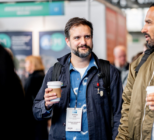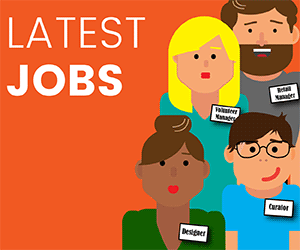As part of the Understanding your Visitors talks at next week’s Museums + Heritage Show there will be a mixture of insight from both museums and agencies, with a key common denominator: they are all using data on to understand their visitors and drive change.
Sometimes these changes can be cultural improvements from within an organisation, says Mulberg, working towards changing the way it thinks about, and approaches, its visitors. At the RAF Museum London, the museum team has been engaging with their local communities and forging local partnerships as part of a huge capital redevelopment to celebrate 100 years of the RAF, which will see, among other improvements, new exhibition spaces that will open this summer. At the Show the museum’s heritage outreach officer, Joe Sullivan will be giving a talk entitled: Cultural Change Through Community Partnerships.
“As they started to reach out to their communities they realised that it helped them to change the way they viewed their visitors,” says Mulberg “This had a ripple effect across the whole museum and it started to make them think about the relationships they have with a whole range of audiences.”
At the RAF Museum, says Mulberg, they focused on how they developed all their audiences; the nature of their volunteering programmes, how they tested ideas and what kind of public programmes they ran and who they were for.
“Generally, there is a tendency to simply organise a community programme and keep it as a little ring-fenced activity,” he says. “Whereas they had the vision and the courage to actually see the potential of getting to know their communities and how that would be useful right across the board for visitor-facing activities throughout the museum.”
Following on from the RAF Museum London will be a talk from The Postal Museum, which opened last year, transforming itself from an archive into a new museum with a special underground Mail Rail attraction. The talk from Harry Huskisson, head of communications and marketing – Keeping the Postal Museum’s Mail Rail on Track – will highlight how the team used insight into potential visitors to identify its audience.

“They have totally transformed themselves into a major attraction, which includes Mail Rail,” says Mulberg. “They have had a massive shift from previously focusing on specialists to now, outwardly looking at new audiences who aren’t specialists and how this makes the visitor side of the organisation extremely important.”
The conversation will move on in the next talk in the Understanding Your Visitors stream to Futureproofing – Who Are We Here For? With Tracy Stringfellow from Royal Greenwich Heritage Trust and Liz Davies from St Neots Museum combining with Andrew McIntyre of Morris Hargreaves McIntyre.
“It’s about two museums that have used audience insight to think into the future and what that is going to look like. It has had profound effects. They are now ready to move in different directions and use different approaches and feed that through to their planning and activities. Will it ensure they will be around and relevant in the future?”
Richard Evans, director of Beamish Open Air Museum, will then give a talk entitled: The Rewards of a Visitor Focus. “At Beamish they use audience insight right the way through the site. They have got to the point where they are extremely visitor focused and continue to strive to improve the visitor experience. They are totally focused on generating income from their visitors to support their activities and to safeguard their future.”
And, the future is already here when it comes to online audiences, but how can museums engage with them better? In Katie Vosper’s talk: Rating, Ranting and recommendation: Understanding Your Online Audience, the BDRC director of tourism and leisure will share insight from outside the sector. “She will make us think about the social media audience because it’s not often the same as the main, traditional audiences that come to our venues – how can you be part of an agenda that you can’t control?”

This leads into a talk by David Wright and Paul Taylor of The Shakespeare Birthplace Trust – Using Visitor Insight to Drive Engagement. Here they will share techniques and models on how the organisation has engaged visitors in new ways in Stratford, across the UK and worldwide.
“They have a range of sites and try to use a range of different approaches, first of all to get a feel for their audiences site by site, and then use that to drive different types of activity including digital projects and how it affects future development.”
The final talk in the Understanding Your Visitors stream will see the Museum of English Rural Life’s Isobel Hughes and Phillippa Heath ask the question: Whose Story is it Anyway? Their session will demonstrate how opening a dialogue with existing and new audiences and stakeholders can lead to a more focused, relevant and responsive interpretive strategy.
“They have carried out visitor research and audience development assessments while they were closed for redevelopment. These were used to plan the new galleries and events and activities programme and to discover how they could build relationships with visitors and this has continued after completing the redevelopment. All these talks will demonstrate how visitor insight can give organisations better direction and focus.”
The Museums + Heritage Show takes place on 16-17 May, 2018 and you can register for free here.










